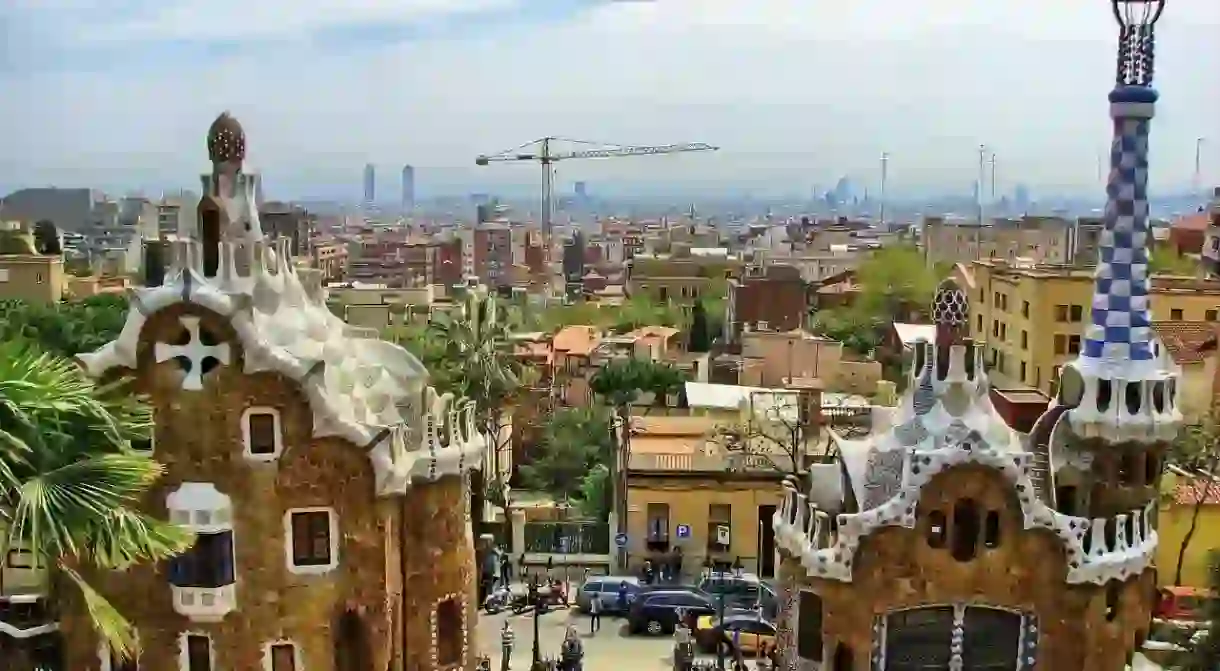Who Was Eusebi Güell, the Man Behind Barcelona’s Famous Monuments

While Antoni Gaudí may be the mastermind who designed many of Barcelona’s most famous landmarks, Eusebi Güell is the man who made their construction possible. A lifelong friend and patron of the architect, Güell helped shaped the Barcelona we know and love today.
A noble family
Eusebi Güell was born in Barcelona in 1846 to an affluent family who had made their fortune in business. His father, Joan Güell i Ferrer, was originally from the province of Tarragona but went to Cuba where he made his fortune. Upon his return, he settled in Barcelona and set up a number of successful businesses, primarily in the textile industry. At one point, he owned the only corduroy factory in Spain, located in the neighbourhood of Sants in Barcelona.

Owing to his family’s wealth, Eusebi Güell was able to study in Spain, England and France before taking over his father’s businesses. He turned out to be equally skilled as an entrepreneur as his father and soon expanded on the family fortune. However, he would also prove to be a forward-thinking businessman who championed the need for increased social care of employees.
A fortunate encounter
A keen traveller, Eusebi Güell made frequent visits to other European cities for work and leisure. In 1878, Güell attended the World Fair in Paris, which showcased, among other things, the head of the Statue of Liberty, which would be presented to New York a few years later. It was during this trip that Güell encountered the architect Antoni Gaudí, who was exhibiting his work at the Spanish Pavilion.

The pair soon became friends, based on both personal and professional similarities: both were devout Christians, and both had an interest in architecture. As his businesses grew, Güell required the construction of new buildings to house his expanding enterprise and found in Gaudí the perfect partner for his projects.
Visionary new designs
One of the first projects funded by Güell was the construction of a winery in the Garraf, but soon the pair moved on to more ambitious projects. In 1890, Güell decided to relocate his Sants factory to Santa Coloma de Cervello, a rural area outside Barcelona. His vision was to create a modern worker’s colony like those built in Britain around the same time. The colony boasted clean, modern housing, schools, shops, a theatre and cafés. The entrepreneur asked his friend Gaudí to design a central feature of the colony in Güell’s eyes: the church and chapel. Sadly, the project was never finished, but the colony and the remnants of the church remain open to the public today.

Around the same time, Güell purchased a piece of land on the outskirts of Barcelona, near what was back then the independent town of Gracià. He approached Gaudí with the proposal to build a modern housing estate modelled on the British garden city movement. The Park Güell was envisaged as a revolutionary new housing complex, complete with its own market, theatre and public square. Gaudí set about on the construction of a model house in the hope of attracting investors, but the team were not successful. Eventually, Güell convinced Gaudí to move into the house, which he remained in until he died.
Despite the pitfalls, Güell and Gaudí sustained their partnership, and a number of buildings bear the patron’s name today. The Güell Pavilions, a private estate in the neighbourhood of Pedralbes once owned by the Güell family, were remodelled by Gaudí in a mixture of Mudéjar and Modernist styles.

While most people visiting the city of Barcelona today know the name of its most famous architect, few are familiar with the man who in many ways enabled Gaudí to leave his mark on the city. If buildings such as the Sagrada Família or Casa Batlló usually steal the limelight, the Güell legacy constitutes an important part of Barcelona’s architectural heritage.













